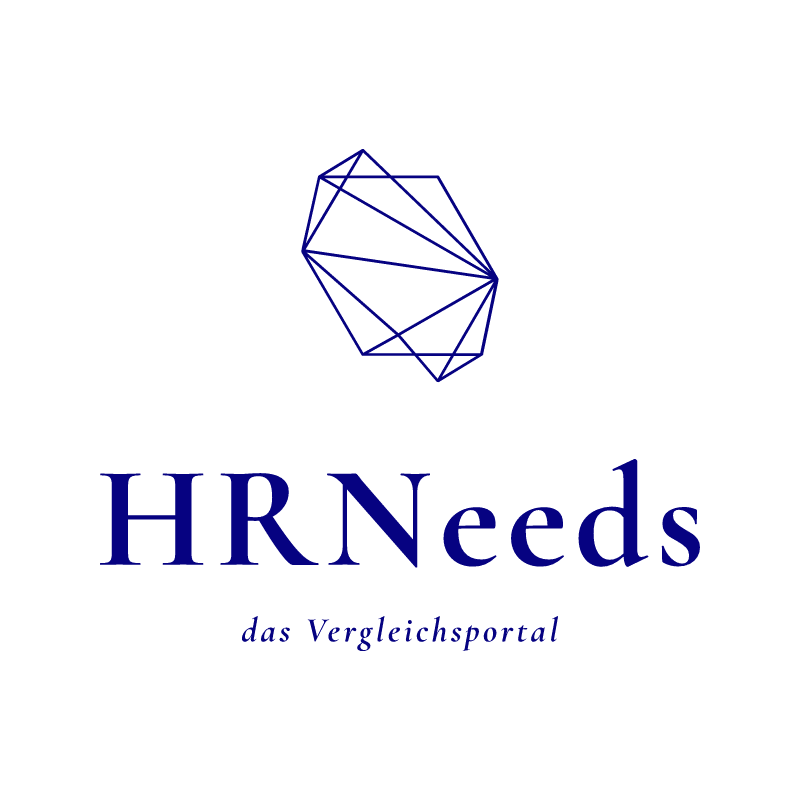Personnel cost planning
For very few HR managers, planning costs is their favorite part of their everyday work. There is a lot of emphasis on the topic – after all, it is about nothing less than the largest block of expenses in the company. HR managers have an incredible amount of responsibility here. Fortunately, you are not on your own to shoulder this responsibility – technology helps.

Personnel cost planning in the 21st century: Without software it would be the Stone Age...
The biggest fear most HR managers have when it comes to this topic is that they will overlook something important. This is entirely justified, because with the amount of data that there is to collect and evaluate these days, no one can keep up with a calculator and notepad.
It is therefore important to work as data-based as possible and to be supported by smart software solutions. The step towards this is usually uncomplicated (and accompanied by the respective providers): The tools can be easily integrated into existing HR systems and allow direct data imports. Relevant numbers are seamlessly sourced from payroll systems and HCM systems.
Compatible are, for example: SAP SuccessFactors, Paidy, LOGA, SAP HCM, Datev, rexx, Workday, Personio etc.
The interfaces here are ideally directly API-based, which ensures that the data always remains live and up to date. Alternatively, manual data imports via XLSX or CSV files are also an option.
Data that is collected can then be linked to one another and visualized. They relate to a wide variety of areas:
- Salaries and wages: basic salaries, wage increases, collective bargaining agreements and contractual conditions
- Social security contributions: Employer’s share of social insurance, statutory and collectively agreed special payments
- Additional services and benefits: bonuses, premiums, company pension scheme, additional insurance (e.g. accident insurance), benefits in kind (e.g. company car, cell phones)
- Personnel development: costs for further training, training, mentoring programs
Working time regulations: overtime pay, shift bonuses, part-time regulations and flexible working time models - Personnel structure: number of employees and their qualifications, age structure and associated costs (e.g. for age-related downtime)
- Fluctuation and recruiting: Costs for recruiting and selecting personnel, training costs for new employees, costs for departures and replacements
- Legal and statutory framework: changes in labor law, minimum wage regulations, working time laws and their adjustments
- Market developments: economic and industry situation, competitive activity in the labor market, inflation and general cost increases
- Internal factors: corporate strategy and goals, expansions or reductions in business activities, introduction of new technologies or automation
- External economic influences: economic fluctuations, global economic trends and events (e.g. pandemic, trade conflicts)


And what about data protection? An understandable concern. Of course, the providers undertake to work in accordance with the GDPR and to securely encrypt and store sensitive personnel data.
That's all well and good, but - what does a software solution do in practical terms?
Good question. Technology can relieve modern HR managers of operational work, facilitate processes or make them possible in the first place. Software-as-a-Service (SaaS) HR solutions have become incredibly adept at reducing manual effort through automation while minimizing the risk of careless errors. The tools are particularly helpful in three areas of personnel cost planning:
1) Overview
HR software can create detailed overviews of the personnel structure. Analyzes of staff levels, for example, enable much more precise capacity planning. In addition, the right software solution can break down personnel costs – by months, by cost components, by employee groups, etc.


2) Forecasts. “What if?”
HR software can carry out projections and simulations of different scenarios. This look into the future helps with decisions about the development of business areas and teams, hiring, firing, training budgets and salary negotiations. All calculations are carried out in real time so that concrete alternative courses of action can be developed for every situation. For example, a scenario analysis could be used to estimate the impact of merging two departments, putting an important team on short-time work or transferring a specific manager.
Note: A particularly important aspect that is often overlooked when planning personnel costs in the future is opportunity costs. Anyone who wants to think and work in a corporate sense must be aware that fluctuation and understaffing not only actively generate recruiting costs. What’s really expensive is that orders cannot be accepted, potential new customers are scared away, loyal existing customers have to wait longer, etc. In addition, when a new appointment is made, colleagues who could otherwise be productive require work.

3) Reporting. “Why, why, why?”
HR software can provide transparency and thus form a sound basis for business decisions. Be it for reporting to management or through the evaluation of important key figures. In this way, trends and general developments, both positive and negative, can be identified. For such reports, there are integrations with business intelligence services such as Amazon QuickSight. The nice thing about it: HR managers can put together dashboards themselves in order to make their own work more informed and to be able to justify and explain measures based on data to stakeholders and superiors.

Our conclusion: Cost and capacity planning in the personnel area does not have to be dry and cause you to break out in a sweat – on the contrary. With the right tools, it becomes an exciting strategy game that not only saves you stress, but also brings real competitive advantages.
Which software is right for me? Good question…
Not every tool is suitable for every company. We would be happy to advise you on how to respond specifically and quickly to your individual requirements without having to make extensive system changes. Let’s find out together which HR software solutions can best support you in making your daily work future-oriented and effective.
Carry out the free, non-binding software comparison and we will identify the right software solution for you based on your requirements. Free expert advice upon request.
We are happy to support you!
